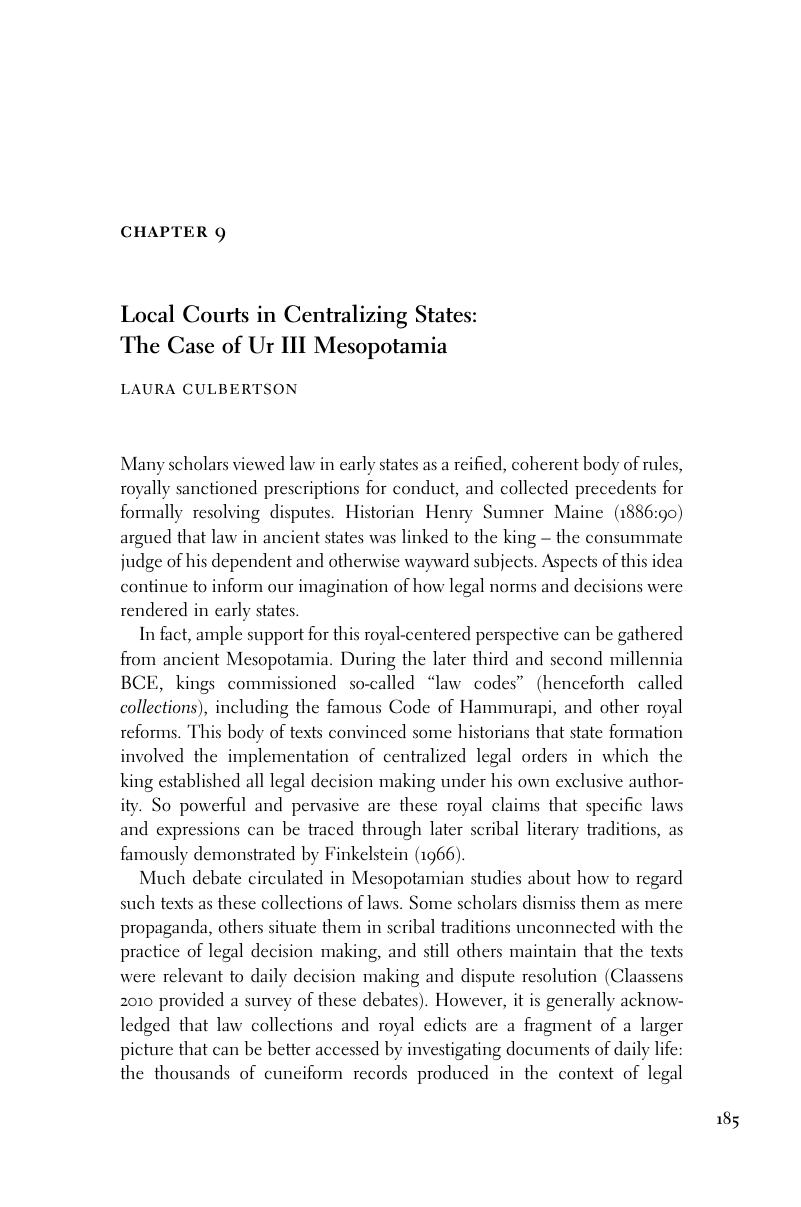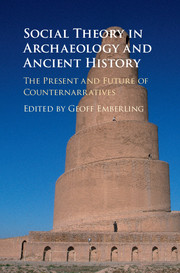Book contents
- Social Theory in Archaeology and Ancient History
- Social Theory in Archaeology and Ancient History
- Copyright page
- Contents
- Figures
- Tables
- Contributors
- Preface
- Part One Introduction
- Part Two Cultural Trajectories
- Part Three Cities, States, and Empires
- 6 The City in the State
- 7 Cities and Ideology: The Case of Assur in the Neo-Assyrian Period
- 8 City and Countryside, Image and Text: Balancing Rural and Urban Values in Third-Millennium Egypt
- 9 Local Courts in Centralizing States: The Case of Ur III Mesopotamia
- Part Four Collapse and Resilience
- Part Five Archaeology and History
- Part Six Commentary
- Index
- References
9 - Local Courts in Centralizing States: The Case of Ur III Mesopotamia
from Part Three - Cities, States, and Empires
Published online by Cambridge University Press: 05 November 2015
- Social Theory in Archaeology and Ancient History
- Social Theory in Archaeology and Ancient History
- Copyright page
- Contents
- Figures
- Tables
- Contributors
- Preface
- Part One Introduction
- Part Two Cultural Trajectories
- Part Three Cities, States, and Empires
- 6 The City in the State
- 7 Cities and Ideology: The Case of Assur in the Neo-Assyrian Period
- 8 City and Countryside, Image and Text: Balancing Rural and Urban Values in Third-Millennium Egypt
- 9 Local Courts in Centralizing States: The Case of Ur III Mesopotamia
- Part Four Collapse and Resilience
- Part Five Archaeology and History
- Part Six Commentary
- Index
- References
Summary

- Type
- Chapter
- Information
- Social Theory in Archaeology and Ancient HistoryThe Present and Future of Counternarratives, pp. 185 - 202Publisher: Cambridge University PressPrint publication year: 2015
References
References Cited
- 2
- Cited by



